Dimensions of a Preference Centre
When implementing a preference centre, it is vital to consider the range of data dimensions available and to develop a framework that delivers value to both the customer and business alike. Not all dimensions will be relevant for all businesses but is worth exploring them in turn…
Channel: Each channel and their requisite audience persona will be different in terms of their relevance, frequency of usage, adoption, response, and cost. Having a clear strategy on channels to market from a marketing, sales and service perspective represents the key pillar for any preference centre.
Product/Service: If your business has products across a range of price points or that include product editions or versions, it is important to recognise that not all customers will be interested in them all. Therefore, allowing the customer to select their product preferences enables them to filter out those products that are not relevant for them now.
Audience: As mentioned in channel above, consideration to the audience persona you are catering for is very important. Clearly, an organisation can work out from actual data what channels a customer uses but it is a good idea to ask them the question at the start of the relationship. For example, if we have a service problem, how would you like us to let you know – on WhatsApp or via SMS or both?
Content: This is an important area for consideration and often the one that has been thought of historically mainly due to legacy email software where email lists are aligned to content areas which facilitated simple opt out to lists. Looking at the range of products and services most companies have as well as other content areas like ‘tips and tricks’ or ‘best practices’ or “new blog” etc there is a need to segregate this content into helpful topics or content stacks that a customer can understand and relate to, thus allowing them to select topics/stacks of interest to them.
Geography / Location: For some, a business’s geography / location is an important dimension. For example, businesses may offer different ranges of services in different countries which can create a unique set of circumstances that require specific customisation of preferences to deal with the realities and specifics at a local level compare to a global level. Equally, so can be said of the customer, if I am shopping in a local mall – maybe a do want to hear about lunchtime meal offers from that burger chain, so asking a question about “are you happy to share your location” can be mutually beneficial for both customer and business.
Frequency: This is an important dimension particularly for marketing communications. Allowing a customer to determine the frequency of communications allows them to feel in control. I might be interested in hearing about offers – but only once week rather than every day. Obviously, some communications come with a specific cadence (like the monthly magazine) whereas others are and can be more frequent. For some businesses, it may also be appropriate to allow customers to “take a break” from all or specific communications. For example, if you have just booked a summer holiday from a travel agency you might want to take a break from communications for a while.
Timing: For some businesses (including retailers and food outlets), the timing of marketing communications can be critical to customer footfalls. Therefore, enabling customers to select days of the week and times of the day can be helpful for the customer and the business.
Motivation: This dimension is linked in some ways to Audience persona. It is about recognising in what context the customer wants to deal with you. For example, a company selling toy models could ask the question “Are you a collector of models” if the answer is “yes” the company has learned something very useful about the customer and can provide specific relevant content to him/her as a “collector”.
Transcend360’s Preference Centre is designed to enable organisations to provide customers with a self-service Preference Centre. It comprises several components including a no-code preference widget builder, preference back-office application to manage customer requests (SAR and RTBF) as well as comprehensive preference analytical dashboards.


Transcend360’s powerful, cloud-architected solutions enable organisations to better understand and manage direct and indirect customers data, processes and results. Our mission is to provide technology that empowers people to create experiences that are in context with what they need and want.
© 2017 Transcend360
Meet Transcend360
FOLLOW US
